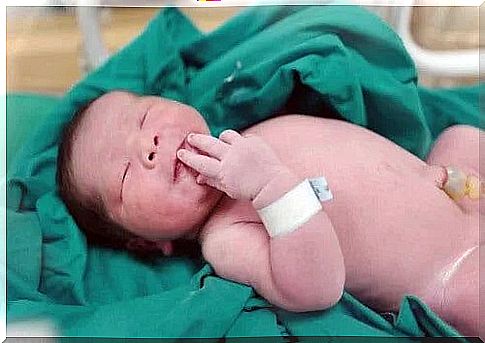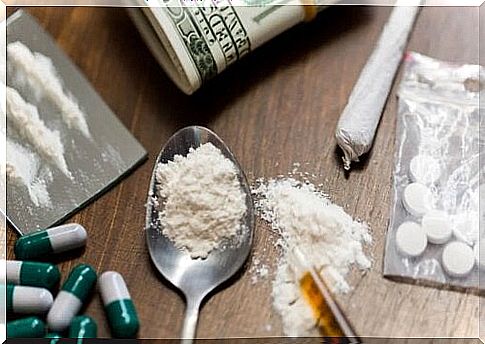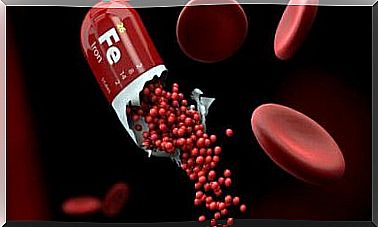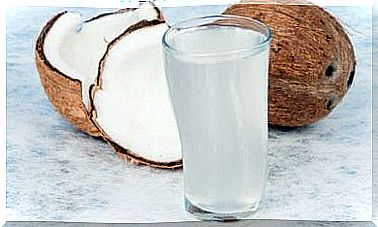The Neonatal Withdrawal Syndrome

Neonatal withdrawal syndrome is a set of symptoms that the baby feels at birth when the mother abused certain drugs during pregnancy. In fact, it can happen both before and after birth.
It can occur in pregnancies in which the mother used drugs such as heroin, alcohol, methadone and even marijuana. Many types of drugs cross the placenta, the organ responsible for connecting the baby to the mother in the womb. Therefore, the fetus becomes dependent on this drug, as well as the mother.
Unfortunately, it is estimated that one in ten babies has been exposed to drugs during pregnancy. In this article, we’ll explain what neonatal withdrawal syndrome is and how to avoid it.
What are the causes of neonatal withdrawal syndrome?

As we have already said, neonatal withdrawal syndrome occurs because, during pregnancy, the mother takes drugs or narcotics without taking her pregnancy into account. However, this is not the case with all drugs. For this pathology to occur, the drugs must cross the placenta and reach the fetus. Also, they must be addictive substances.
This syndrome can occur both before and after birth:
- Prenatal Withdrawal Syndrome: occurs when the mother stops taking substances while pregnant. That is, the baby suffers inside the uterus.
- Postnatal withdrawal syndrome: occurs when the mother does not stop using the drug and the baby is born. This syndrome occurs because, after birth, the child no longer has contact with the substance, as it is no longer connected to the mother.
What substances can cause neonatal withdrawal syndrome?
As we mentioned, most drugs have effects on the fetus. However, it is true that some substances are more likely to cause this syndrome than others.
First, it’s important to know that opiates cause this problem in more than half of babies. That is, babies of mothers who consume heroin or methadone have a 50% chance of having neonatal withdrawal syndrome.
Although many people do not know it, drinking alcohol during pregnancy is one of the most harmful things for a child. Alcohol also causes this syndrome. Furthermore, it can lead to the appearance of very serious pathologies, such as malformations and mental deficiency.
The same goes for amphetamines and barbiturates. Barbiturates are anxiolytic and sedative substances that a large part of the population consumes, although they need to be prescribed.
Cocaine, in turn, is not capable of causing this syndrome. However, that doesn’t mean it isn’t toxic to the fetus. In fact, many studies claim that cocaine use impairs the baby’s development.

What are the symptoms of neonatal withdrawal syndrome?
The symptoms of neonatal withdrawal syndrome depend on the substance that causes it. Furthermore, they also vary according to the last time the substance was consumed. Symptoms usually appear one day after birth or up to five days later. Every baby experiences this situation differently.
The most common symptoms are:
- Tremors and convulsions.
- The baby is very irritated, cries continuously and with great intensity.
- Has difficulty sleeping.
- You can get stiff muscle tone .
- The child has difficulty performing the suction movement and, therefore, has a poor diet. May have vomiting.
- Diarrhea is also common, as is dehydration and excessive sweating.
Interestingly, preterm babies tend to have milder symptoms and recover more quickly. Still, most also have fever and a stuffy nose.
Conclusion
The only way to avoid neonatal withdrawal syndrome is to have mothers avoid using psychoactive substances during pregnancy, aware that what they consume can affect the fetus. If you are pregnant, try not to take any drugs during this period.
If you know a mother who is in this situation, try to see a doctor. The professional will certainly be able to help you to advise or encourage you to stop using it. You can’t be too careful to protect the child.









